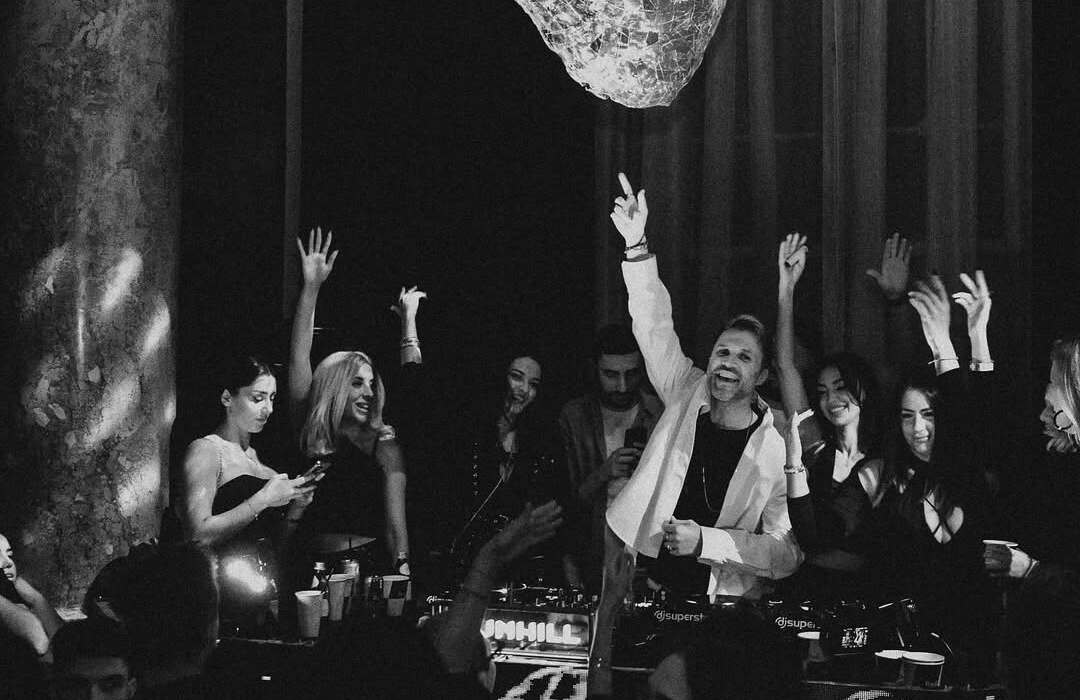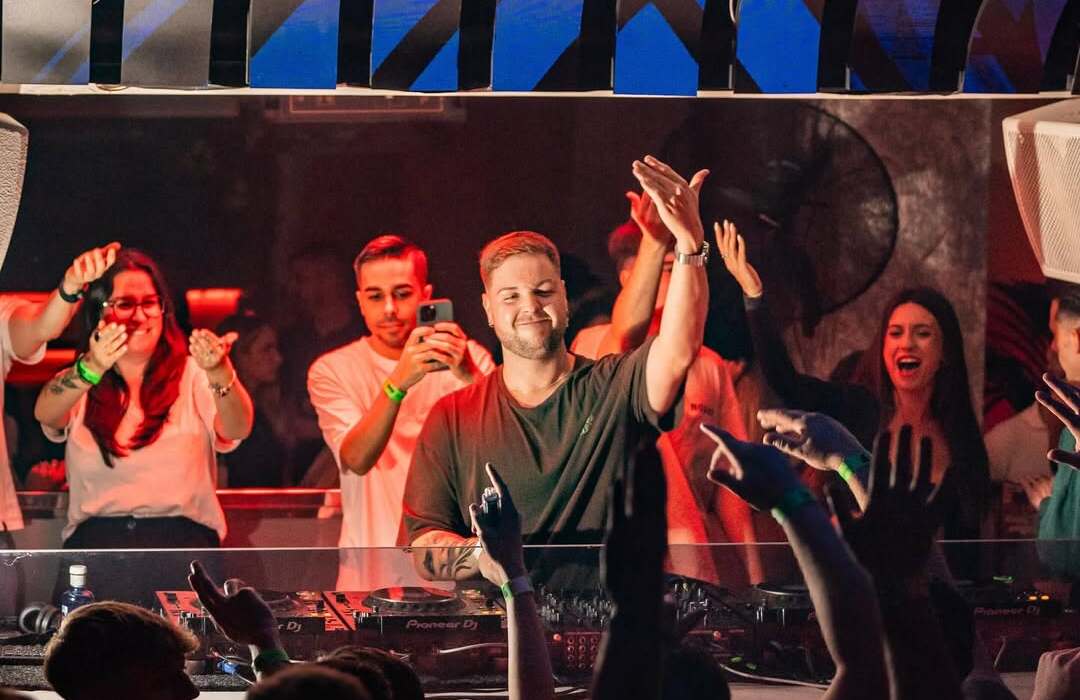The Osomatsu sextuplets are well-known figures in Japan, a staple in the manga and anime scene since their debut in 1962's Osomatsu-kun by author Fujio Akatsuka, published in Shogakukan's Weekly Shonen Sunday. In 2015, the series went meta with studio Pierrot's Mr. Osomatsu, a fresh take on the shenanigan-loving brothers. Like the titular characters themselves, however, the series couldn't help itself, running in to a brick wall in the form of Japan's copyright laws. As a result, the first episode was pulled by the creators, banned from streaming sites and instantly became a legend.
As a series, Mr. Osomatsu captures the zeitgeist of a time where nostalgia reigns supreme, where optimistic kids have become hopeless adults and long for memories of the past. The brothers are 10 years older than they were in the original series, and are all in various states of unemployment. Osomatsu, Karamatsu, Choromatsu, Ichimatsu, Jushimatsu and Todomatsu embody the helplessness of aging, their confused attitude toward youth and its trends a sentiment shared by all of those who have been swept up in the constant flow of progress. Nothing is left untouched by time, including anime, which the series parodies heavily in its debut.
The episode begins with the brothers in black and white in their original 1960s form discussing the fact that they're receiving a new modern anime adaptation. While most of them are thrilled, a few express their concern that today's kids won't understand their humor. This sets in motion a plan to become popular with modern audiences by imitating other popular series, which leads us to where and why the decision to pull the episode was made.
In an effort to fit in, the brothers are cast in the light of other anime series style and humor, beginning with the six of them becoming idols replete with pop-costumes and a concert reminiscent of Uta no Prince-sama. One of the brothers morphs into what appears to be a Love Live reference, while another grows to gigantic proportions as the art switches to what is clearly a homage to Attack on Titan. Other series are parodied in quick succession: Naruto, Bleach, Dragon Ball and Sailor Moon are given their dues.
This homage is clearly heartfelt and meant to be a tribute to the wide world of anime that has sprung up since the 1960s, when Osomatsu-kun shared shelf space with the likes of Lupin the Third and Speed Racer. However, parodies in Japan are not as protected as they are in America. Copyright law favors the original creator and offers no leeway for imitation, homage or not.
Title 17 of the United States Code explicitly lays out the requirements for an individual to legally use a copyrighted work, a concept known as “Fair Use.” The distinctly American idea protects individuals who use copyrighted material for the express purpose of “criticism, comment, news reporting, teaching (including multiple copies for classroom use), scholarship, or research” from running afoul of copyright law.
However, in Japan's copyright law, specifically Article 20, authors are given clear power over their own creations.
“The author of a work has the right to preserve the integrity of that work and its title, and is not to be made to suffer any alteration, cut, or other modification thereto that is contrary to the author's intention.”
In 2001, Attorney Keiji Sugiyama discussed the differences between American and Japanese copyright law at Fordham University in New York. His presentation is available to read online.
Though the parodies themselves were clearly meant as tribute, the series' creators decided to take no chances and pulled the episode from its Blu-ray and DVD release as well as from streaming site Crunchyroll which was set to air the series as it premiered in Japan. As compensation, Pierrot released an unaired episode, Episode 3.5, featuring two stories: “Virgin Hero” and “Matsu Soup.” Episode 1 wasn't the only victim of the self-censorship: Episode 3 slightly altered a similar parody of Anpanman, though its changes were relatively minor.
In spite of their brush with the law, the brothers remain as popular as ever in Japan. The series still managed to work in parodies of the likes of Mad Max and Shin Megami Tensei without running afoul of the law, and the Season 2 premiere directly made fun of the controversy over the Season 1 premiere. However, that banned first episode may still very well be the show's funniest half-hour.


